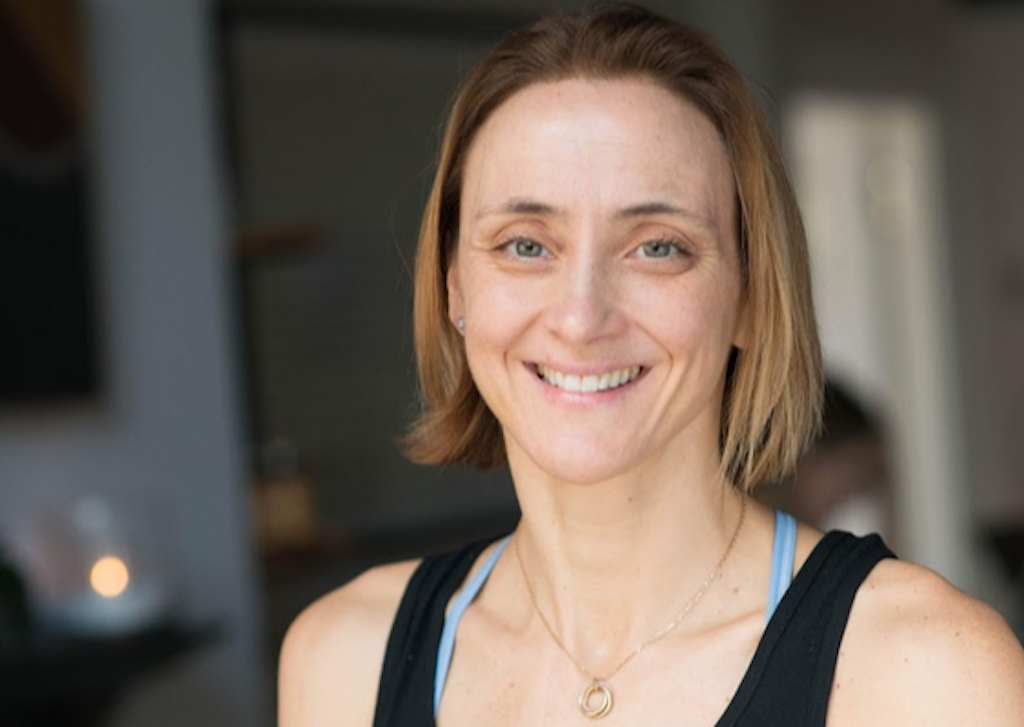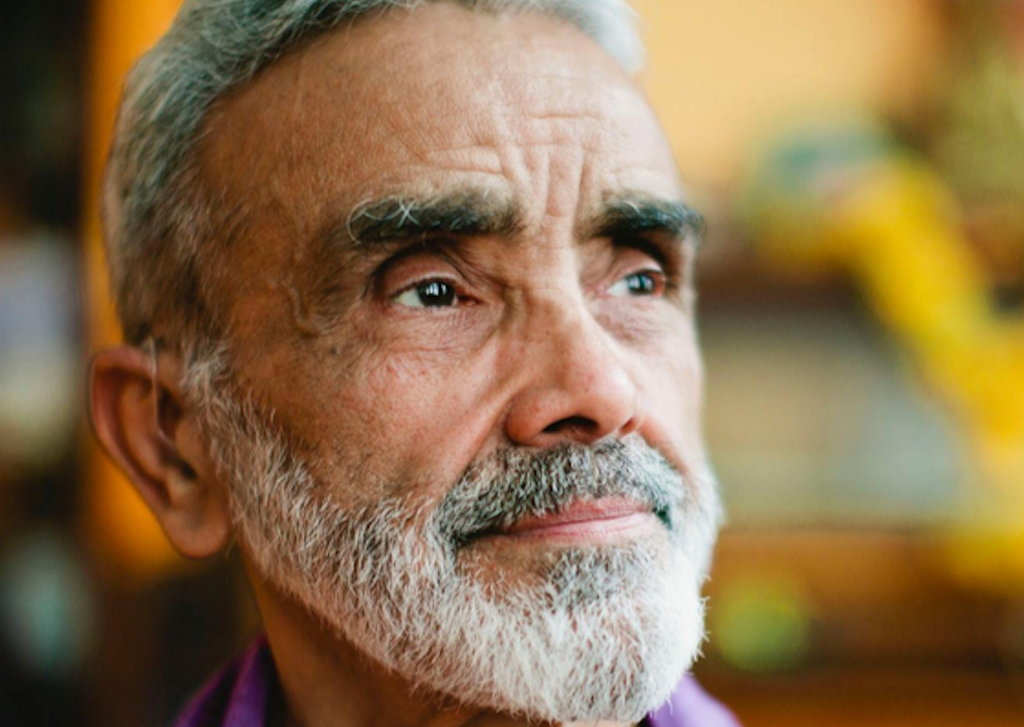“Relaxation is the best antidote against impurities.”
“Let the body rest completely. If the body rests completely, there is the chance that you might lose body consciousness and have the chance to lose all body awareness, and move beyond the body to the Astral Plane.” Sri Dharma Mittra
The term Yoga Nidra means yogic or psychic sleep. It is a state of consciousness between waking and sleeping, induced by a guided meditation. It is said that the history of Yoga Nidra is as old as Yoga itself, as it is mentioned as early as the Upanishads. In the Mahabharata, Lord Krishna is associated with Yoga Nidra.
Yoga Nidra is a form of active meditation. The practitioner follows instructions regarding different kinds of actions, without becoming distracted and while remaining completely awake and alert. Practitioners may appear asleep but the consciousness is actually operating at a deeper level of awareness.


A form of deep relaxation
Most people think that relaxation is simple: recline on a sofa or go to bed early, close your eyes and sleep for eight hours, you will feel relaxed the next day. However, unless you are free from muscular, mental and emotional tensions, you are never relaxed. Most people are full of inner tensions all the time and lack awareness of it.
In order to fully relax, the inner tensions of the body and the mind must be released. These tensions can be more intense when we work in big cities, with so many distractions that can also have a destabilising effect on the mind. The practice of Yoga Nidra is the perfect remedy and the scientific method of removing all these tensions.
Yoga Nidra is a more efficient form of rest and rehabilitation than conventional sleep. An-hour session of Yoga Nidra is as restful as four hours of sleep. During the practice you let go completely of the body, relaxing every single part of it. Complete relaxation dispels tension and fatigue in the physical body and relieves depression, anxiety, headaches, cravings and desires. The entire system is rejuvenated and energised, reinforcing the body’s natural healing capacities.
A form of active meditation
Yoga Nidra is considered a form of Raja Yoga. The Raja Yoga system is developed in the Yoga Sutras of Patanjali, who divided the path into eight stages:
Yamas and Niyamas (the ethical rules), Asanas (postures), Pranayama (breathing exercises), Pratyahara (withdrawal of the senses), Dharana (concentration), Dhyana (meditation) and Samadhi (transcendental consciousness).
The first four stages are external stages performed by the rational and analytical part of consciousness. The last four stages are higher stages involving the subconscious mind. Yoga Nidra, which involves gradually dis-identifying yourself emotionally from your body and mind, is a method of Pratyahara, sense withdrawal, and therefore belongs to the higher stages of Raja Yoga.


In Yoga Nidra, the practitioner must follow the instructions of the teacher and always remain awake and alert, viewing any experience that may arise with total awareness and detachment. Yoga Nidra is therefore not concentration. The practitioner should actually at first let the mind move with the instructions and be a witness of the experience. Concentrating on one object, point or instruction would prevent the student from taking their awareness deeper into the Self.
The first part of the practice consists in deeply relaxing every part of the body in order to reach a state of total stillness. The practitioner is then instructed to recreate the actual experience of certain sensations and feelings: the feelings of heaviness, of lightness, of cold and heat…. so that the consciousness directs what experiences are felt by the body rather than the body and its physical sensations influencing and shaping the consciousness, which is usually the case. The mind takes over the body. After each experience of opposites, the practitioner is brought back to a balanced state, a state of feeling extremely comfortable and calm, where opposites and duality no longer affect him or her. During the last stage of the practice, the student will try to dissociate emotionally from the body and the mind. In terms of Yoga philosophy, it means that the aspirant is slowly, throughout the practice, moving deeper into each layer of his being, the koshas, or sheaths.
The koshas constitute the total expression of the human personality, from the grossest (annamaya kosha/food body and pranamaya kosha/pranic body which represents the physiological functions of the body) to the most subtle dimensions of existence (manomaya kosha/mental body, Vijnanamaya kosha/psychic body and anandamaya kosha/bliss body).
The ongoing practice of Yoga Nidra will lead one to the bliss body, the most subtle layer of the human personality, where all mental fluctuations cease, where there is no awareness of pain or pleasure, where the instrument of experience has been completely transcended. It is the blissful state, the eighth limb of Yoga, Samadhi.
Sri Dharma Mittra teaches Yoga Nidra sessions at the end of each of his classes as well as entire one-hour sessions. I couldn’t recommend enough practising Yoga Nidra with Sri Dharma Mittra. It is absolutely wonderful. I learnt to teach Yoga Nidra as part of the 800-hour teacher training I did in New-York at the Dharma Yoga Center and it is an honour to share the practice with my students now. I am very much looking forward to sharing it as part of the Dharma Yoga and Yoga Nidra workshop I will teach on Saturday 16 November.
Alix Inness